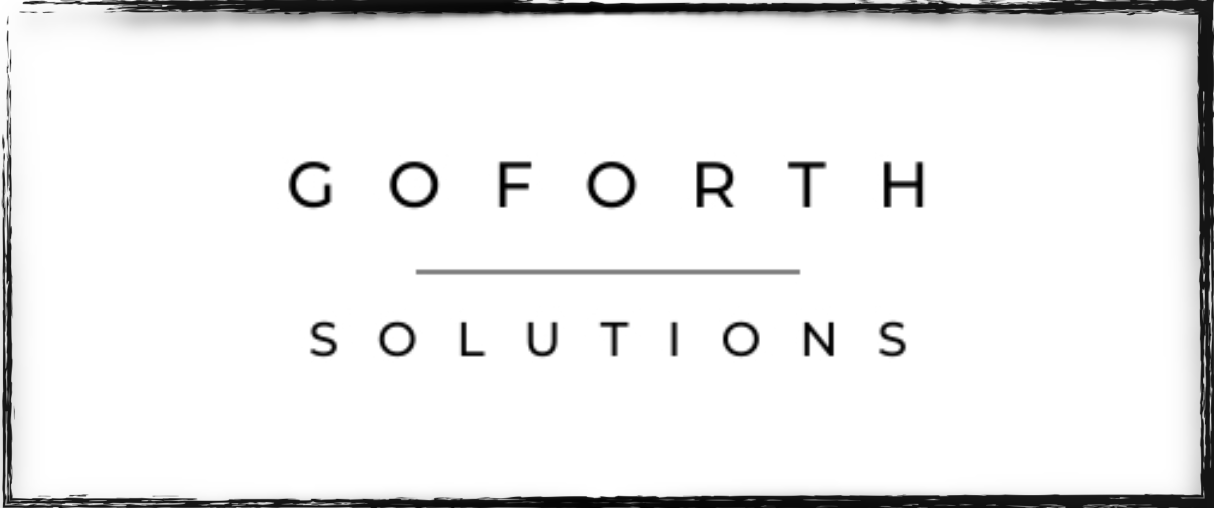An all-in-one AI solution for video and photo production from the people who brought you. Easy to use, it can do AI video editing, 3D modeling, text-to-image and text-to-video generation, photo editing, AI-enhanced scene transitions, auto-resizing and color correction. Of course, it has a smooth integration with Adobe Creative Cloud. Because it was trained on Adobe Stock images, there are no copyright issues. All the generated images safe for commercial use. The downside: it doesn’t do well with complex queries and is not consistent when generating text within images. Free version provides 25 monthly generative credits or $4.99 a month.
This feature in Microsoft’s search engine Bing is powered by OpenAI’s DALL-E. It allows users to generate realistic and creative images from text prompts. Free but with a limit of 25 images each day.
The graphic design platform has integrated generative AI into all its products including: image, and text creation, photos, audio, and video editing. Use Canvas drag-and-drop to create social media graphics, headers, slides, flyers, photo collages, posters, infographics, even mind maps for concepts. Share to social media straight from the app or download for posting. Limited editing tools so it’s more for beginners. Free. $12 a month gets you more options.
OpenAI’s tool that turns written text into images using AI. Named after painter Salvador Dali and Disney Pixar’s WALL-E. Understands long, complex queries. Includes a helpful edit feature. Select an area of a generated image and prompt it to change that part. However, not as reliable at generating accurate text than Ideogram or Flux. A limited number of images are free. $20 per month for ChatGPT Plus.
An excellent AI image and video generator. A paid account isn’t needed to get quality images, this one is easier to use for beginners than tools like Midjourney. It has a simple to use interface. Text in the images comes out more readable than most AI image creators, which is important for social media graphics, thumbnails, logos, etc. Ten credits a day free (about 5 images). Free users can only download a 70% quality JPEG image, not the full-resolution version. Images are public when using the free version. Paid accounts starts at $7 monthly for more images and quicker rendering than the free version along with advanced features like Canvas, which lets you modify images. Paid accounts can use negative prompts (what you don’t want in the image).
One of the best image creators, it is powered by DALL-E 3. Accessible in the same place that you access Microsoft's AI chatbot Copilot. Free (though you must create a Microsoft account).
One of the best AI image generators, it uses machine learning to create high-quality pictures based on text. The interface has been improved since it first launched. There is a limited free version but paying the monthly cost will avoid annoying ads. You’ll find a good prompt book here and a guide to get started here.
A more accessible version of Stable Diffusion, which requires some technical skills. Users can create images through AI with many customizations, such as telling it what to avoid. An account must be created sign in with Google or Discord accounts. $1 for 100 credits, one image costs two credits.
Others worth Considering
Originally meant to help folks create gaming assets, it produces impressive and clear images. Useful but limited editing tools. There’s no post-editing on the free plan and the privacy plan is weak. Free plan allows up to 150 images each day.
Use this AI image generation tool for free through HuggingFace or Freepik. It creates gorgeous images and doesn’t require any special prompting lingo.
Google’s new AI tool Whisk uses image prompts instead of text. Input a collection of images without a prompt and choose a style to generate a new image. Unlike traditional AI image generators, which allow users to specify exactly what they want, Whisk enables users to experiment and draw inspiration without the constraints of text inputs. Users can tweak the final image. Intended as a fun AI feature, rather than a refined professional work tool.
More AI Tools
